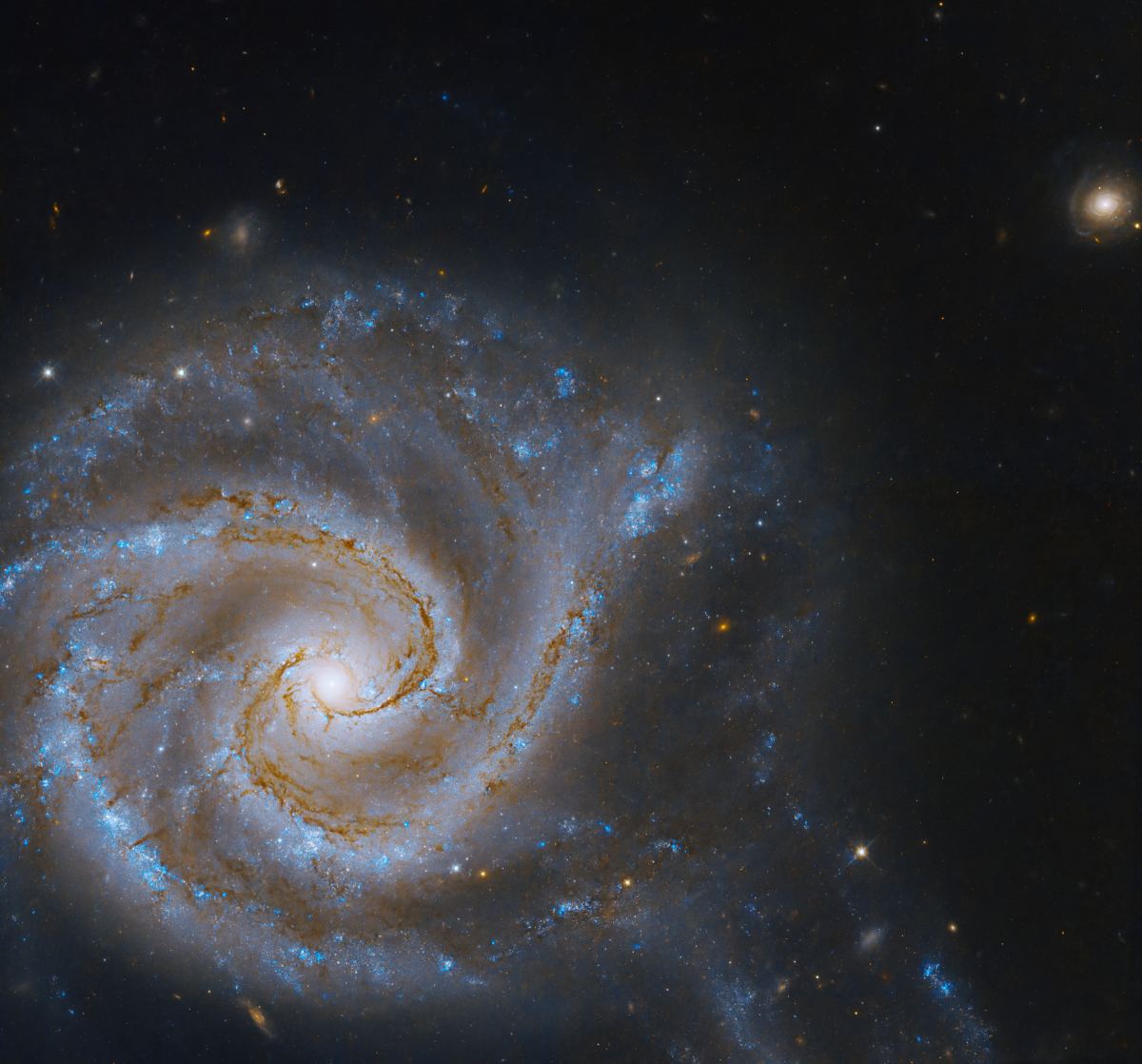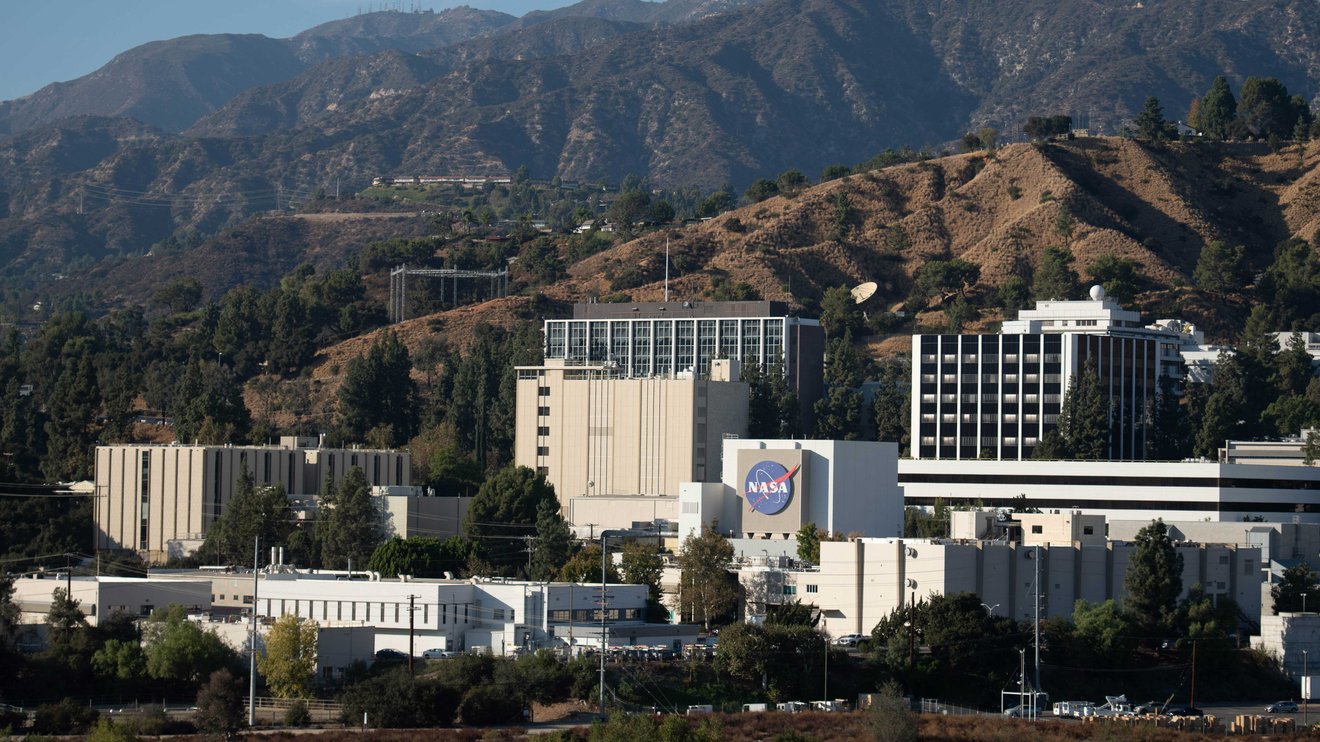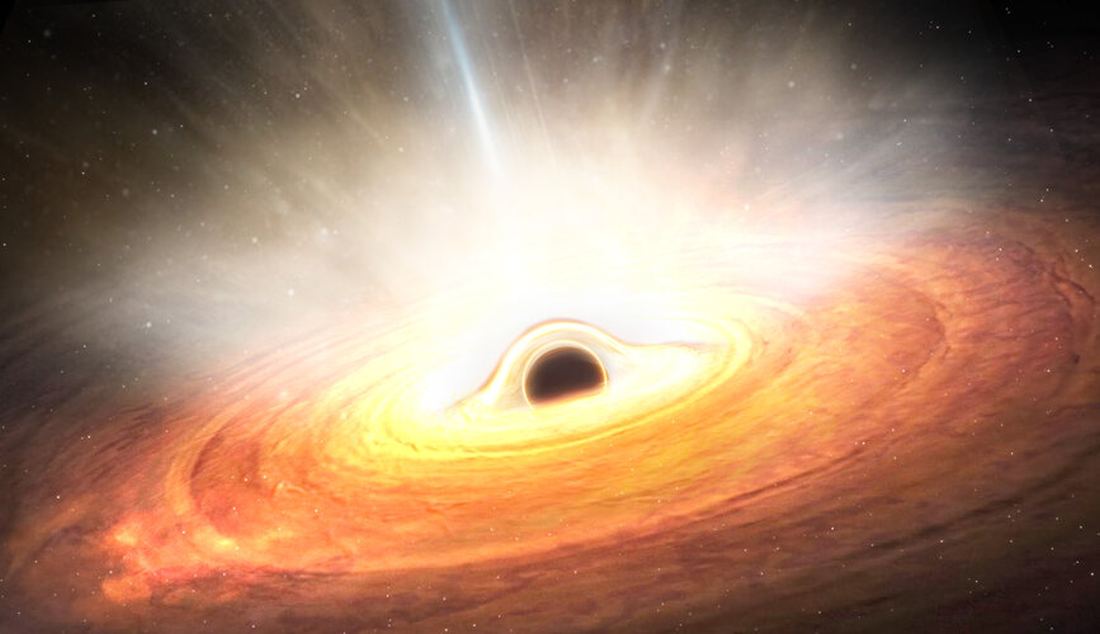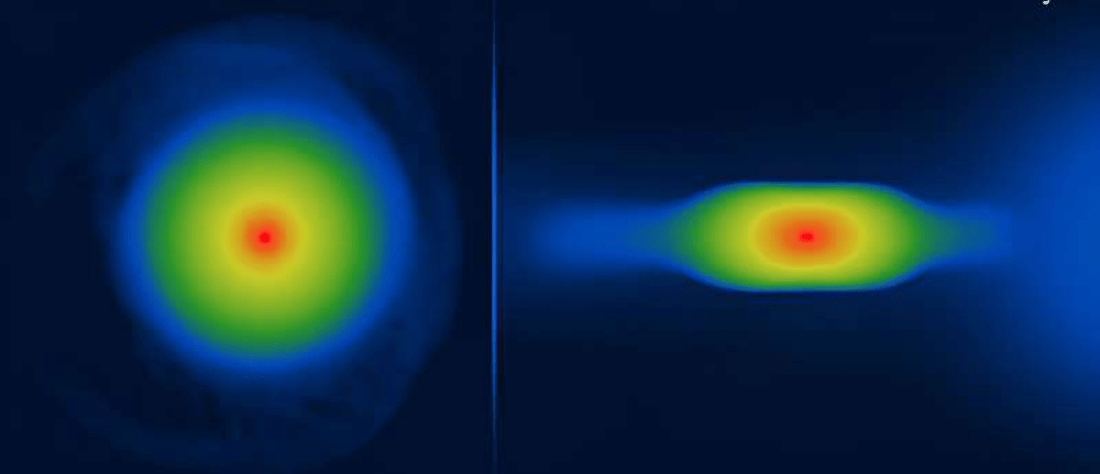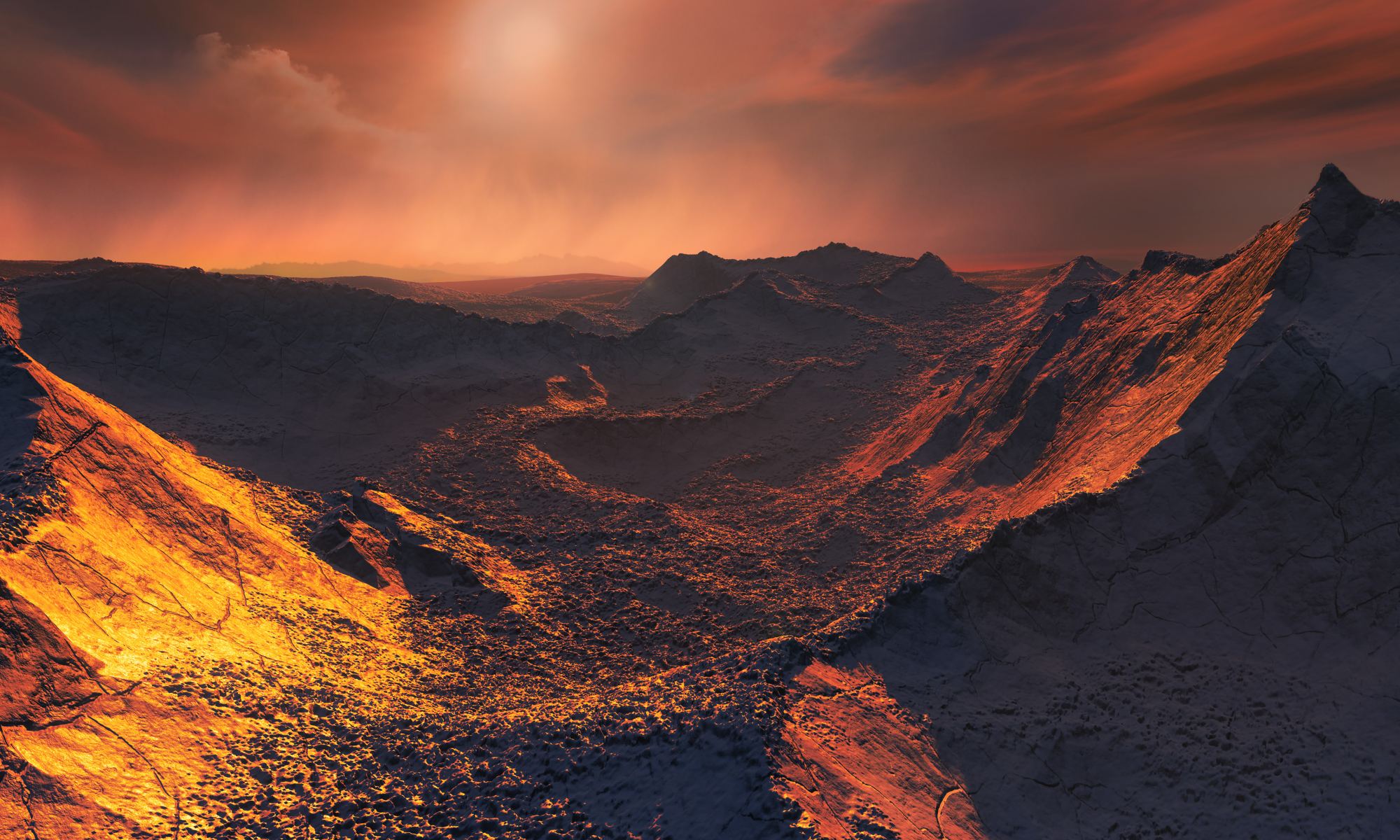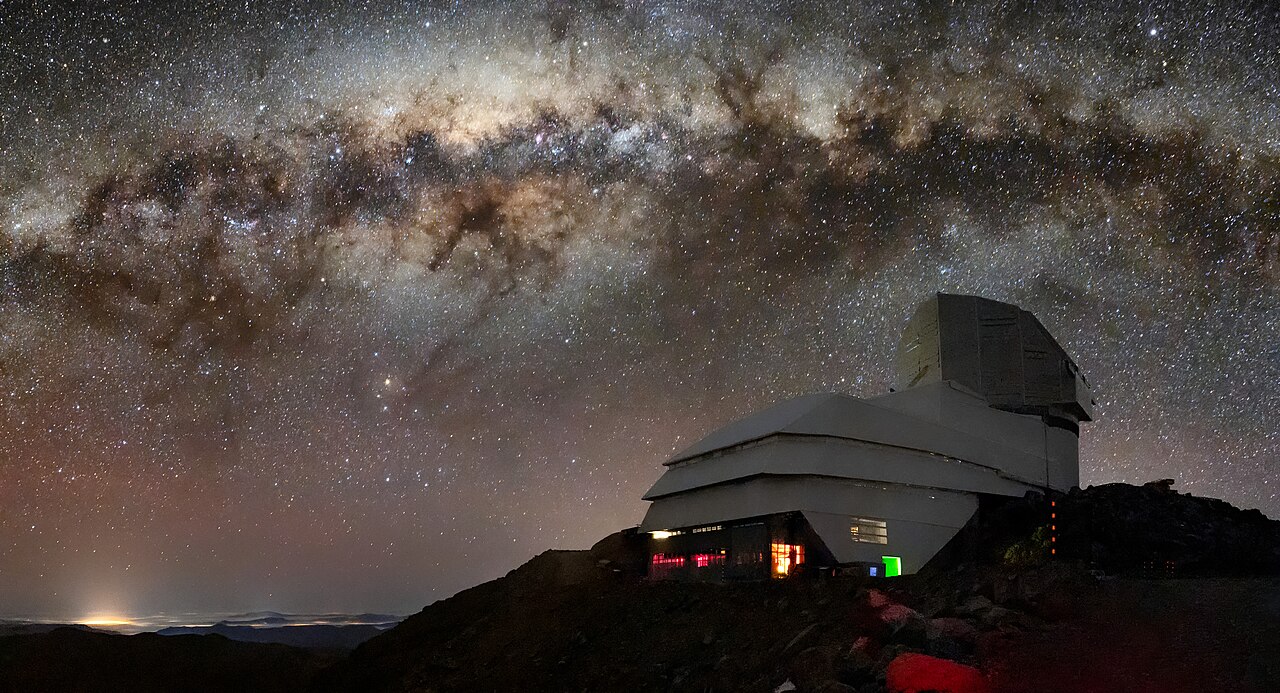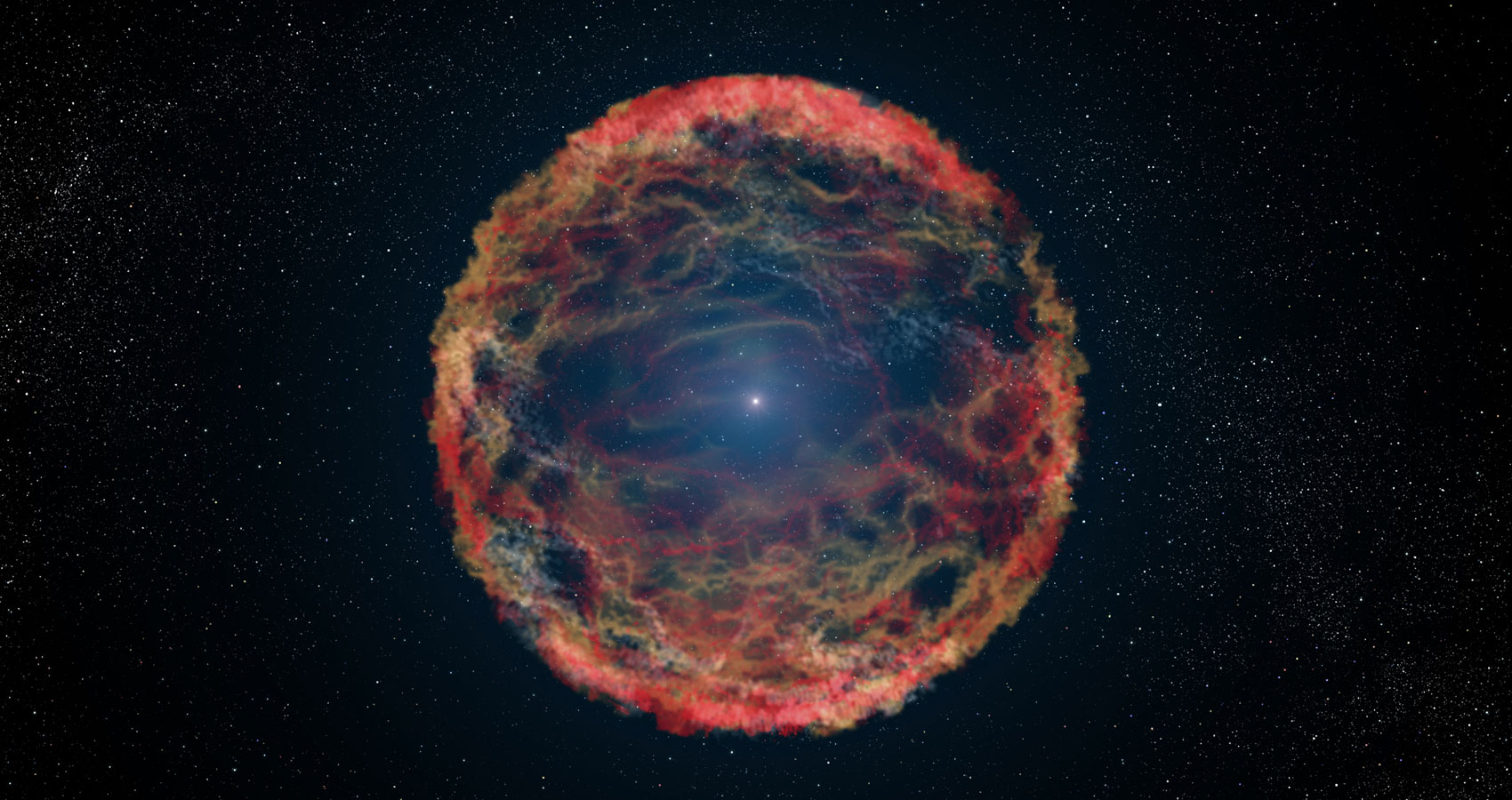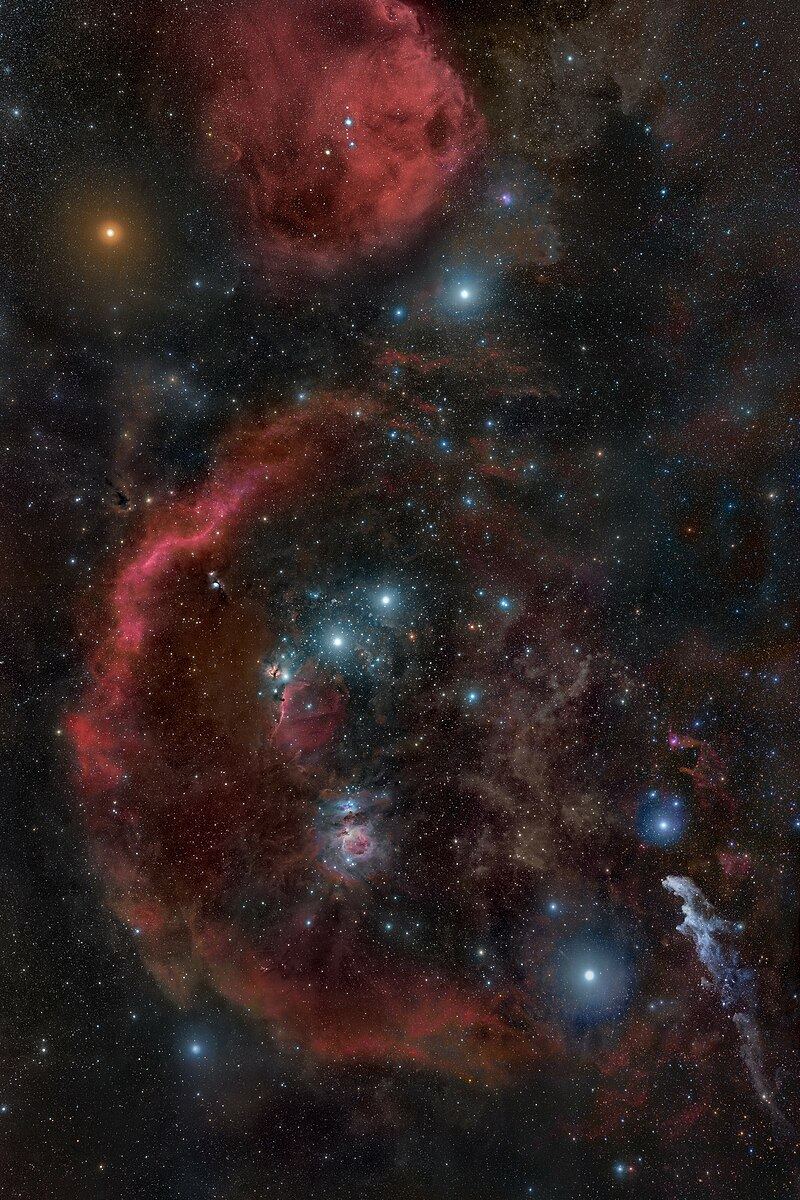The poetic-minded among us like to point out how Nature is a dance. If they’re right, then galaxies sometimes form unwieldy pairs. With the Hubble Space Telescope, we can spot some of these galactic pairs as they approach one another.
Continue reading “Hubble Sees a Bridge of Stars Connecting Two Galaxies”Hubble Sees a Bridge of Stars Connecting Two Galaxies
